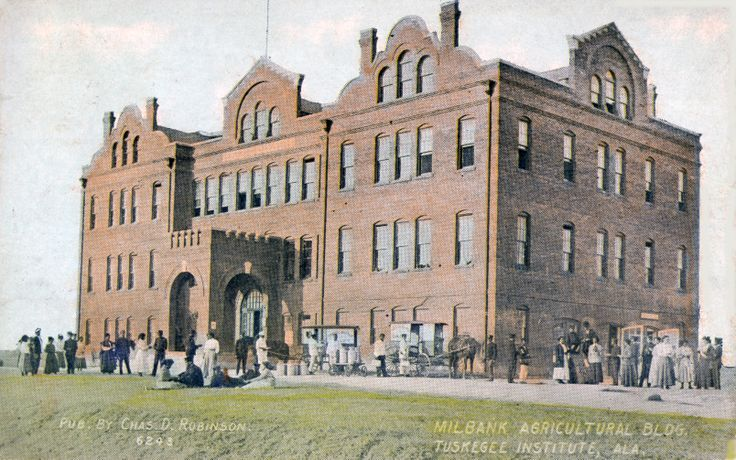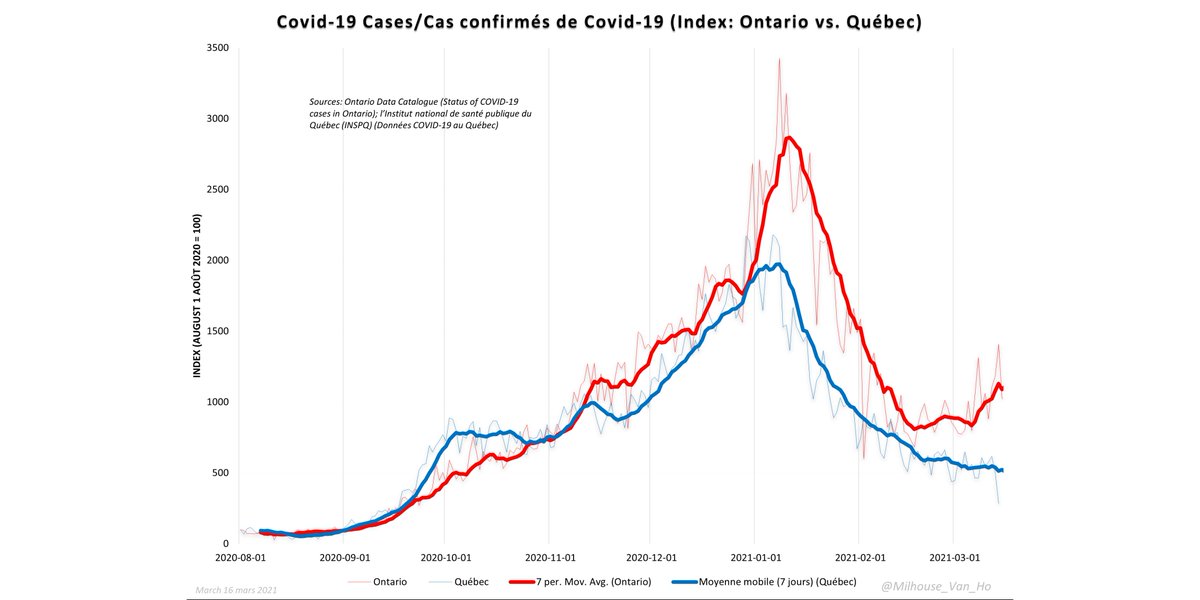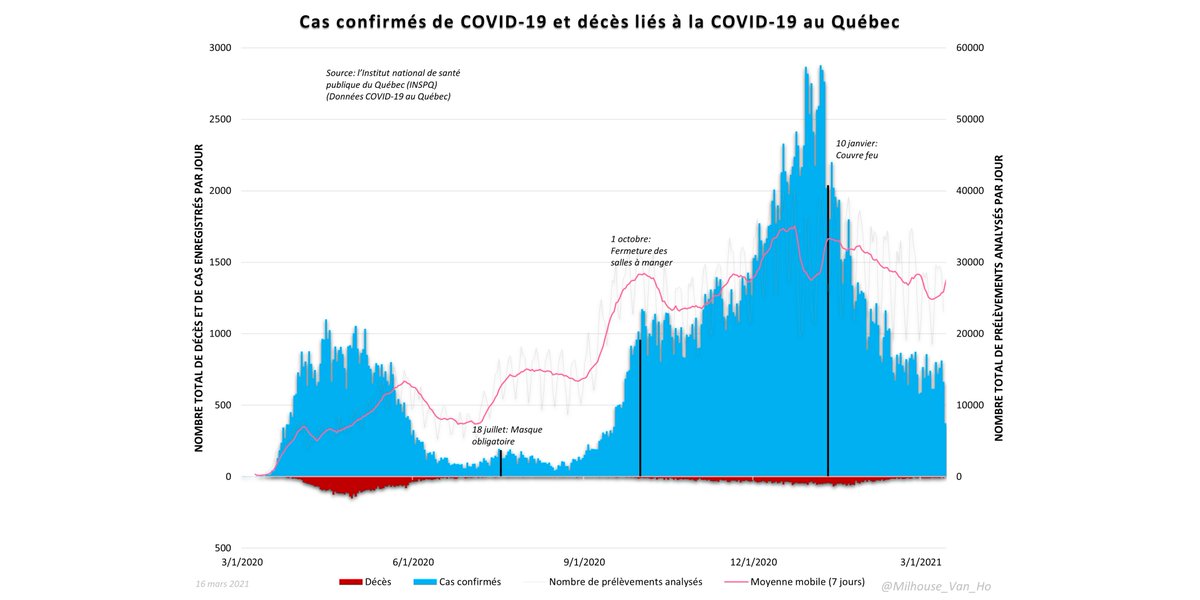
Why might some communities be hesitant to accept a covid vaccine?
Why should we be worried about the (un)intended consequences of vaccine passports?
Are we reintroducing segregation?
Why does informed consent matter?
The Tuskegee Syphilis Study offers some insights (thread):
Why should we be worried about the (un)intended consequences of vaccine passports?
Are we reintroducing segregation?
Why does informed consent matter?
The Tuskegee Syphilis Study offers some insights (thread):
https://twitter.com/Milhouse_Van_Ho/status/1371469461979553797

The story begins in 1932 - a time when there was no known treatment for syphilis. In Macon County, Alabama, 600 black American men were enrolled in a project that sought to record the natural history of syphilis and the full progression of the disease. 

The study began with 600 black men – 399 with syphilis, 201 without. The men were mostly sharecroppers and many had never before visited a doctor. 

The study was conducted by doctors from the U.S. Public Health Service (PHS). The doctors lied and told the men that they were being treated for "bad blood", a term commonly used in the area to describe several ailments, including syphilis, anemia, and fatigue. 

The PHS decided to conduct the study in Macon County due to estimates that 35% of its population was infected with syphilis. 

Researchers told the men that the treatment would last only six months. The men received physical examinations, x-rays, spinal taps, and when they died, autopsies. 

The reality was that the men were not receiving treatment at all. The men were monitored but only given placebos such as aspirin and mineral supplements - even though penicillin became the recommended treatment for syphilis 15 years into the study, in 1947. 

The PHS researchers had even convinced local physicians in Macon County to not treat the participants. Instead, research was done at the Tuskegee Institute. 

In exchange for taking part in the study, the men received free medical exams, free meals, and burial insurance. Although the study was originally planned to last 6 months, it actually went on for 40 years. 

As researchers were only interested in tracking the disease’s full progression, they provided no effective care. With their syphilis untreated, the men died, went blind or insane, or experienced other severe health problems. 

The study only ended in 1972 after an Associated Press story about the Tuskegee Study caused a public outcry that led the Assistant Secretary for Health and Scientific Affairs to appoint an Ad Hoc Advisory Panel to review the study. 

The panel found that the men had agreed freely to be examined and treated.
However, there was no evidence that researchers had informed them of the study or its real purpose.
The men had been misled and had not been given all the facts required to provide informed consent.
However, there was no evidence that researchers had informed them of the study or its real purpose.
The men had been misled and had not been given all the facts required to provide informed consent.

By then, 28 participants had died from syphilis, 100 more had died from related complications, and at least 40 spouses had been diagnosed with it and the disease had been passed to 19 children at birth. 

It is estimated that, after the study’s details came to light, the life expectancy of black men fell by up to 1.4 years.
The study is also believed to have impacted the willingness of black individuals to willingly participate in medical research today.
The study is also believed to have impacted the willingness of black individuals to willingly participate in medical research today.

Largely in response to Tuskegee, Congress passed the National Research Act in 1974, and the Office for Human Research Protections was established within the USPHS. 

Obtaining informed consent from all study participants became required for all research on humans, with this process overseen by Institutional Review Boards (IRBs) within academia and hospitals. 

With this history in mind, is it any wonder why there would be hesitancy among black communites to accept a covid vaccine? 

By using covid vaccination as a means of 'allowing' people to enjoy the lives they lived as recently as early 2020, are we repeating the mistakes of the past and reintroducing segregation in the 21st century?
End.
End.

• • •
Missing some Tweet in this thread? You can try to
force a refresh





















